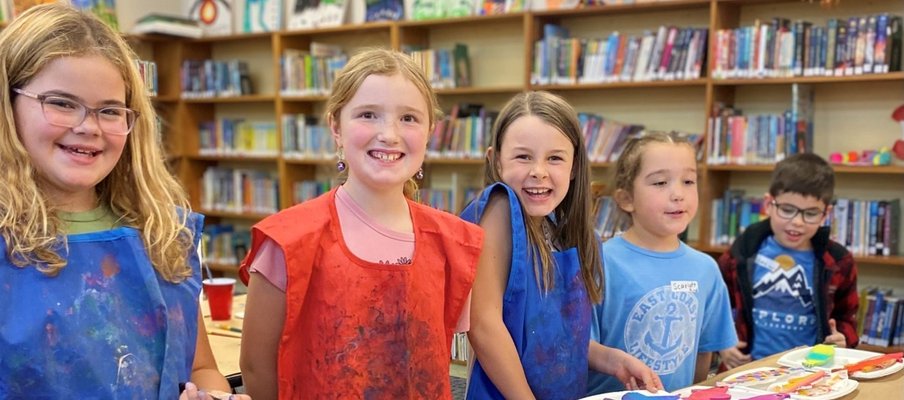
Exploring a shared delivery model strengthens funding programs
Cultural Areas
General CultureAfter three years, partners have found the shared delivery of key funding programs increased reach to equity-deserving communities and strengthened the funding process for all.
Since 2021, SaskCulture has partnered with Gabriel Dumont Institute (GDI) to offer the Métis Cultural Development Fund (MCDF), and with the Northern Sport, Culture and Recreation District (NSCRD) in the delivery of the Northern Youth Cultural Fund (NYCF). Since they were formed, these partnerships have resulted in increased uptake, increased leadership, increased access to more diverse cultural programming and a better ability to identify barriers to funding in the communities they serve.
“We realized organizations closest to the communities we are trying to serve are best to lead,” says Damon Badger Heit, supervisor, Partnerships and Inclusion, SaskCulture. “The shared delivery model allows each partner to bring their strengths to the table. These partnerships support success in ways SaskCulture cannot accomplish on its own.”
Badger Heit noted that the success of the shared delivery approach was identified in its partnership with Saskatchewan Indigenous Culture Center (SICC) on the federally funded Aboriginal Languages Initiative back in 2017-2019.
David Morin, Métis Culture and Heritage, GDI says, he appreciates that SaskCulture recognized GDI was in the best position to act as a “bridge” for administering the Métis Cultural Development Fund. “GDI is a trusted organization in the Métis community, actively promoting Métis culture,” he says. “The Métis community is comfortable reaching out to us and know that we do all we can to support their ideas and help them effectively deliver their programming."
“Also, in response to Reconciliation, we feel it is important that the Métis voice be included in the delivery of programs and that SaskCulture knew GDI can be that voice.”
Ryan Karakochuk, program manager, NSCRD says SaskCulture also recognized the strengths of the Northern District. “We have the ability to make the key connections on the ground in northern communities and link their arts and cultural program ideas with this funding opportunity to fulfill some of their wants and needs in the community.”
Morin adds that, this way of granting also creates better communication, as well as supporting changes to address barriers to the grant process. “For example, we advocated for a change to 100 per cent funding of activities,” he says, “as we found many organizations had difficulties in fundraising a portion of a program’s budget.” He says many successful projects took place this past year, such as the Île-àla-Crosse Friendship Centre’s Family Wellness/Cultural camp, which had 800 people in attendance.
Thanks to the partnership in the North, there are more opportunities for arts and cultural activity, as well as other benefits. Karakochuk says that, “We have seen many leaders in the community step up and apply for this funding, not only because it’s their role in the community, but because they are passionate about culture in the community and the traditions of the Elders in the past. They want to pass along those traditions and teachings with today’s youth.”

